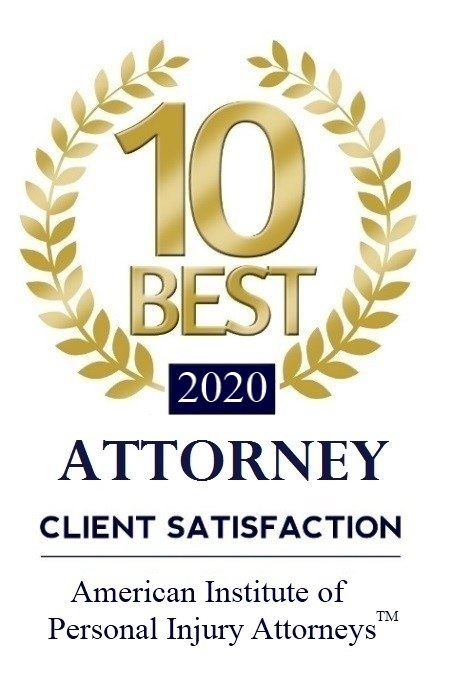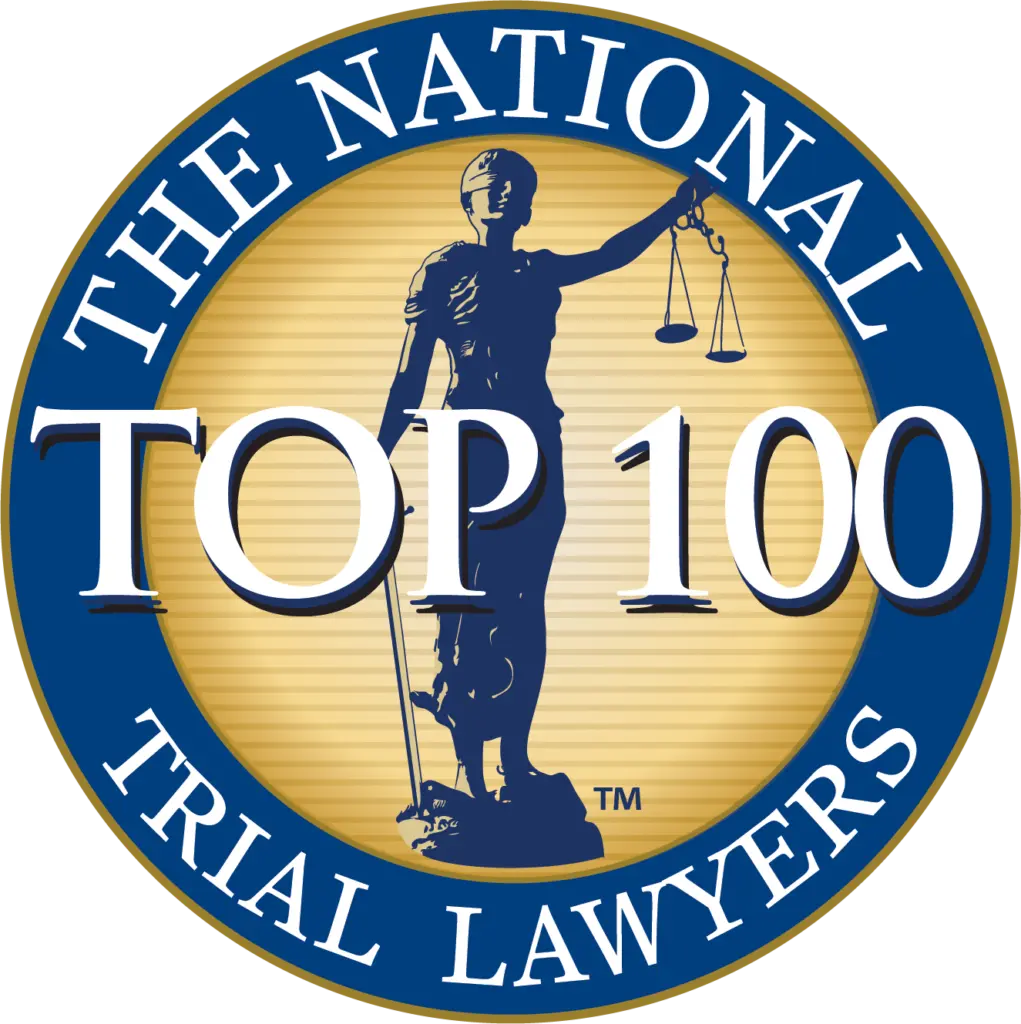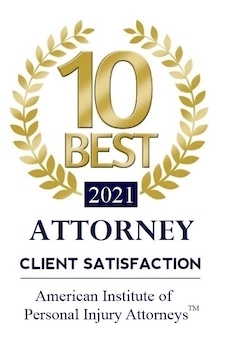A T-bone accident, also known as side-impact collision, is among the most devastating and potentially life-altering types of car accidents.
In this comprehensive blog post, we’ll delve into the dynamics of T-bone accidents, exploring the common causes, potential injuries, legal considerations, and steps you can take to protect your rights if you’ve been involved in such an incident. By understanding the complexities of a T-bone accident, you’ll be better equipped to navigate the aftermath and pursue the compensation you deserve for your injuries and losses.



What is a T-Bone Accident?
A T-bone accident occurs when the front end of one vehicle collides with the side of another vehicle, forming a “T” shape. These accidents often happen at intersections when one vehicle fails to yield the right of way, runs a red light, or disregards a stop sign, leading to a collision with a vehicle crossing through the intersection. T-bone accidents can also occur in parking lots, driveways, or other areas where vehicles are entering or exiting traffic flow.
T-bone accidents claim roughly 8,000 lives per year in the United States, according to the National Highway Traffic Safety Administration (NHTSA).
Common Causes of T-Bone Accidents
T-bone accidents, often severe and hazardous, typically occur due to several common factors. A primary cause is the failure to yield the right of way. At intersections, this might happen when a driver ignores a red light or a stop sign, or does not yield to oncoming traffic while making a left turn. Speeding further compounds the danger, as it decreases a driver’s time to react to traffic changes and intensifies the impact of any collision. The situation becomes even more perilous when drivers are distracted—engaging in activities like texting, talking on the phone, or fiddling with the radio—because these distractions take their attention off the road, making it difficult to notice and respond to signals and crossing traffic. Additionally, impairment from alcohol or drugs drastically reduces a driver’s judgment, reaction time, and coordination, heightening the risk of a T-bone crash. Lastly, poor visibility caused by bad weather, obscured traffic signals, or blocked views can also lead to these accidents, particularly in intersections where visibility is crucial for safe crossing.
Preventing a T-Bone Accident
To prevent a T-bone accident, start by rigorously adhering to traffic laws. This includes stopping at red lights and stop signs, yielding to oncoming traffic when making left turns, and following the rules of right-of-way at intersections. Minimize distractions—refrain from using your phone, eating, or any other activities that could divert your attention from driving. It’s vital to stay focused and aware of your surroundings at all times.
Defensive driving is another key aspect. This means anticipating potential hazards and being ready to respond to the unexpected, such as drivers who may run a red light or fail to yield. Always maintain a safe distance from the vehicle in front of you and be cautious of vehicles that might enter your path from side streets or driveways.
Regarding speed, ensure it is appropriate for the road and the prevailing weather conditions. Reducing your speed as you approach intersections or areas where visibility is compromised can significantly increase your reaction time, thus helping you avoid potential collisions.
Finally, increase your visibility to others. Keep your headlights on during poor weather or in dim lighting conditions to make sure other drivers can see you. Always use your turn signals well ahead of making any turns or lane changes to make your actions predictable to fellow motorists. This not only enhances safety but also helps in preventing misunderstandings and accidents on the road.
Injuries Associated with T-Bone Accidents
According to the Insurance Institute for Highway Safety, 23% of passenger deaths came in a T-bone accident — a sobering statistic that highlights the brutality of these collisions. While death is the worst-case scenario, victims of a T-bone accident can find themselves afflicted with any number of injuries.
Traumatic Brain Injuries (TBIs)
Traumatic brain injuries are among the most serious and life-altering consequences of T-bone accidents. The sudden impact of the collision can cause the brain to collide with the interior of the skull, leading to bruising, bleeding, or tearing of brain tissue. TBIs can result in a range of symptoms, from mild concussions to severe cognitive impairment, motor deficits, and changes in mood or behavior. Prompt medical evaluation and treatment are essential for minimizing the long-term effects of TBIs and optimizing recovery.
Spinal Cord Injuries
T-bone accidents can also cause significant damage to the spinal cord, resulting in paralysis or loss of sensation below the level of injury. The force of the impact can cause fractures, dislocations, or compression of the spinal vertebrae, leading to damage to the spinal cord and nerve roots. Spinal cord injuries can have profound implications for mobility, function, and quality of life, requiring immediate medical intervention and ongoing rehabilitation to maximize recovery and independence.
Chest Injuries
The sudden deceleration forces associated with T-bone accidents can cause severe chest injuries, including rib fractures, lung contusions, and damage to internal organs such as the heart or lungs. The impact of the collision may also result in blunt force trauma to the chest, leading to life-threatening injuries such as cardiac tamponade or aortic rupture. Prompt medical assessment and treatment are crucial for identifying and addressing chest injuries to prevent further complications and improve outcomes.
Abdominal Injuries
T-bone accidents can cause significant trauma to the abdomen, resulting in injuries to the internal organs such as the liver, spleen, or kidneys. Blunt force trauma to the abdomen can lead to lacerations, contusions, or internal bleeding, which may not be immediately apparent but can cause serious complications if left untreated. Prompt medical evaluation, diagnostic imaging, and surgical intervention may be necessary to assess and manage abdominal injuries effectively.
Pelvic Injuries
The forces generated in a T-bone accident can fracture or dislocate the pelvic bones, leading to significant pain, instability, and potential damage to nearby structures such as blood vessels or nerves. Pelvic injuries can be particularly challenging to manage due to the complex anatomy and potential for associated injuries to the lower abdomen, pelvis, or lower extremities. Early recognition and stabilization of pelvic injuries are essential for minimizing pain and preventing complications such as hemorrhage or nerve damage.
Limb Injuries
T-bone accidents can result in a variety of limb injuries, including fractures, dislocations, and soft tissue injuries such as sprains or strains. The impact of the collision can cause occupants to be thrown against interior surfaces of the vehicle or trapped in the wreckage, leading to trauma to the arms, legs, hands, or feet. Prompt immobilization, assessment, and treatment of limb injuries are critical for preventing further damage and facilitating optimal healing and recovery.
Brining a T-Bone Accident Lawsuit
If you’ve been injured in a t-bone accident you believe was the fault of another, you are entitled to compensation for your suffering. To bring a successful personal injury lawsuit, however, four essential elements will need to be established.
Duty of Care: The foundation of any personal injury case is establishing that the defendant owed a duty of care to the plaintiff. This duty varies depending on the circumstances but generally refers to the legal obligation to act reasonably and prudently to prevent foreseeable harm to others. For instance, drivers have a duty to operate their vehicles safely, medical professionals have a duty to provide competent care to their patients, and property owners have a duty to maintain a safe environment for visitors. Proving that the defendant breached this duty by failing to meet the standard of care required in the situation is fundamental to establishing liability.
Breach of Duty: Once the duty of care is established, the next step is demonstrating that the defendant breached that duty through their actions or inactions. This requires showing that the defendant’s conduct fell below the accepted standard of care, thereby exposing the plaintiff to an unreasonable risk of harm. Whether it’s a distracted driver causing a car accident, a doctor making a medical error during surgery, or a property owner neglecting to address hazardous conditions on their premises, the key is to present compelling evidence that illustrates how the defendant’s negligence directly contributed to the plaintiff’s injuries.
Causation: Establishing a breach of duty is not sufficient on its own; it must be proven that the defendant’s actions or negligence directly caused the plaintiff’s injuries. This element of causation can be one of the most challenging aspects of a personal injury case, particularly in situations where there are multiple factors at play or pre-existing conditions involved. Through thorough investigation, expert testimony, and the presentation of compelling evidence, attorneys must demonstrate a clear and unbroken chain of causation linking the defendant’s conduct to the plaintiff’s injuries. Without this crucial link, liability cannot be established, and the case may falter.
Damages: Finally, to recover compensation in a personal injury case, the plaintiff must have suffered actual damages as a result of the defendant’s actions. These damages can take various forms, including medical expenses, lost wages, pain and suffering, emotional distress, and property damage. Quantifying these losses requires a meticulous assessment of the plaintiff’s injuries, their impact on their life and livelihood, and the projected costs of recovery and rehabilitation. By accurately documenting and presenting the full extent of the plaintiff’s damages, attorneys can seek fair and just compensation on their behalf.
What Damages May Be Awarded in a T-bone Accident Suit
In a lawsuit arising from a T-bone accident, “damages” denotes the financial compensation awarded to the plaintiff for their injuries and losses. This may include reimbursement for medical expenses, covering both past and future medical treatments like hospitalization, surgeries, medications, and rehabilitation. Additionally, compensation can be awarded for lost wages, reflecting the income missed due to absence from work and any diminished future earning potential resulting from the accident. Pain and suffering compensation accounts for the physical discomfort, emotional distress, and mental anguish suffered by the plaintiff, acknowledging issues such as chronic pain, disability, and a decrease in life quality. Property damage compensation involves costs for repairing or replacing any property, such as vehicles, damaged in the accident. Lastly, loss of consortium damages compensate for the lost companionship and support of a spouse or family member due to the accident’s impact on the plaintiff.
Case Results
Fighting for the Justice You Deserve
T-bone accidents represent a significant threat to road safety, often resulting in severe injuries, financial losses, and emotional trauma for victims and their families. Understanding the legal principles that govern liability in T-bone accident lawsuits and the types of damages that may be awarded can be crucial for obtaining the compensation you deserve following such a traumatic event.
At Timothy J. Ryan & Associates, we are dedicated to advocating for the rights of T-bone accident victims and helping them navigate the complexities of personal injury claims. With our extensive experience and proven track record of success, you can trust us to fight tirelessly on your behalf and pursue the maximum compensation available under the law.
If you or a loved one has been injured in a T-bone accident, or any other type of auto accident, don’t wait to seek legal assistance. Contact our office today for a free consultation to discuss your case and explore your legal options. Together, we can work toward justice, accountability, and recovery.


